Which Electric Medium Vans Have The Best Range 2025?
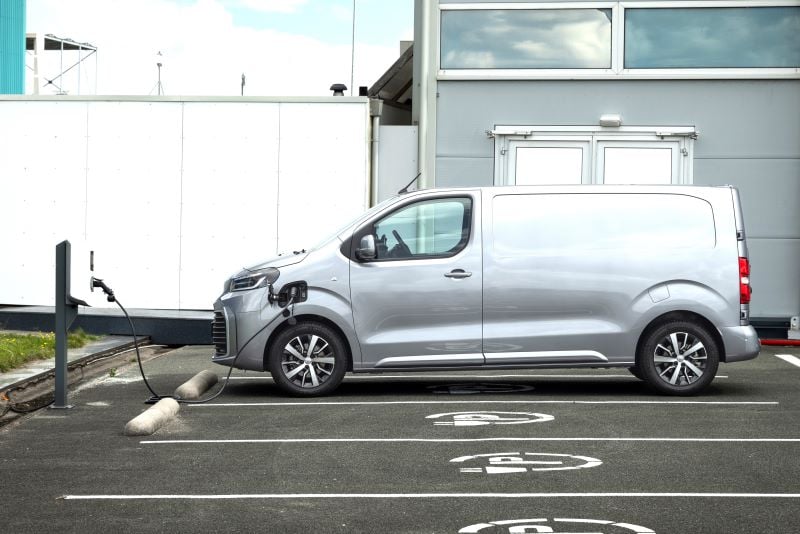
The electric revolution is in full swing and there has never been a better time to invest in an electric medium van to drastically reduce your running costs.
Leasing an electric van is a cost-effective way into driving a zero emissions vehicle that will save your thousands each year on fuel costs.
Better still, there is an excellent choice of electric vans now on the market, not least in the volume medium van sector with everything from the Ford Transit Custom to the Vauxhall Vivaro to the Mercedes-Benz Vito now also available with a battery powertrain.
But which models will get you the most bang for your buck in terms of range?
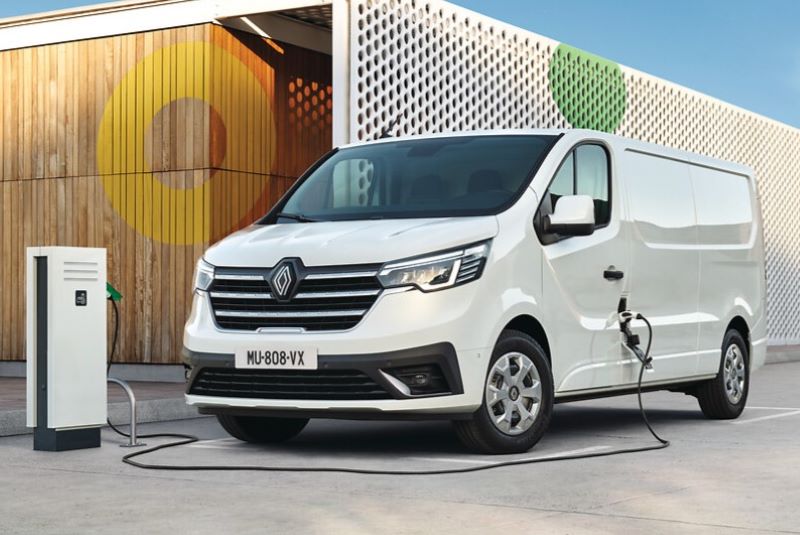
What Is Electric Van Range?
The range of an electric van represents how far a vehicle will travel on a single charge.
For turbodiesel or petrol vans, this is the equivalent of how many miles you can complete on a single tank of fuel from full to empty.
While electric range isn’t as far as fuel range, the benefits are you won’t be emitting any carbon emissions, while charging with electricity is significantly cheaper than filling with fuel.
Currently manufacturers will show range figures for ‘city’ environments, where lower speeds and shorter journeys travelled will generally return more mileage.
However, the ‘combined’ WLTP (Worldwide Harmonized Light Vehicles Test Procedure) figures take into account a variety of driving environments to present an average figure – this is the figure we will take into account here.
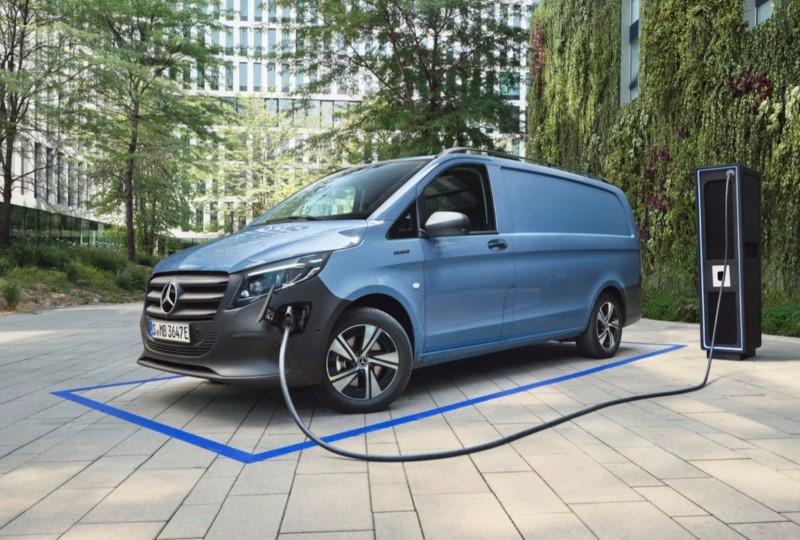
Lease An Electric Van With Vansdirect
Leasing a new electric van with Vansdirect has never been easier and better value.
Get the right electric van at the right deal, right now with the best electric van leasing deals available across a wide range of models, including the Maxus eDeliver 7, Volkswagen ID.Buzz Cargo and Vauxhall Vivaro Electric.
Speak to our expert team today and you could be driving a new electric van for less than you think, sooner than you thought.
Ranking Electric Medium Van Range
For the purpose of this ranking, we have listed the combined WLTP figure as stated by each manufacturer.
It should be noted that some models offer multiple sized batteries, giving some variation as to their range and power potential as a means of offering a lower price version.
Electric Medium Vans With The Best Stated Range
| Model | Battery | Power | Range [Combined] | Recharge Time* | Recharge Range | |
| 1. | Volkswagen ID.Buzz Cargo | 79kWh | 282bhp | 277 miles | 30mins | 5-80% |
| 2=. | Citroen e-Dispatch | 75kWh | 134bhp | 230 miles | 45mins | 5-80% |
| 2=. | FIAT E-Scudo | 75kWh | 134bhp | 230 miles | 45mins | 5-80% |
| 2=. | Peugeot E-Expert | 75kWh | 134bhp | 230 miles | 45mins | 5-80% |
| 2=. | Toyota Proace Electric | 75kWh | 134bhp | 230 miles | 45mins | 5-80% |
| 2=. | Vauxhall Vivaro Electric | 75kWh | 134bhp | 230 miles | 45mins | 5-80% |
| 7. | Ford E-Transit Custom | 65kWh | 134bhp | 203 miles | 39mins | 10-80% |
| 8. | Maxus eDeliver 7 | 77kWh | 230bhp | 202 miles | 43mins | 20-80% |
| 9. | Volkswagen ID.Buzz Cargo | 59kWh | 168bhp | 200 miles | 30mins | 5-80% |
| 10. | Volkswagen e-Transporter | 65kWh | 134bhp | 199 miles | 45mins | 0-80% |
| 11. | Ford E-Transit Custom | 65kWh | 215bhp | 195 miles | 39mins | 5-80% |
| 12. | Volkswagen e-Transporter | 65kWh | 213bhp | 191 miles | 45mins | 0-80% |
| 13. | Renault Trafic E-Tech | 52kWh | 122bhp | 186 miles | 54mins | 15-80% |
| 14. | Ford E-Transit Custom MSRT | 65kWh | 287bhp | 165 miles | 39mins | 10-80% |
| 15. | Mercedes-Benz eVito | 66kWh | 114bhp | 160 miles | 35mins | 10-80% |
| 16. | FIAT E-Scudo | 49kWh | 134bhp | 139 miles | 38mins | 5-80% |
*Using Rapid Fast-Charger facilities, variance in power capacity for charging
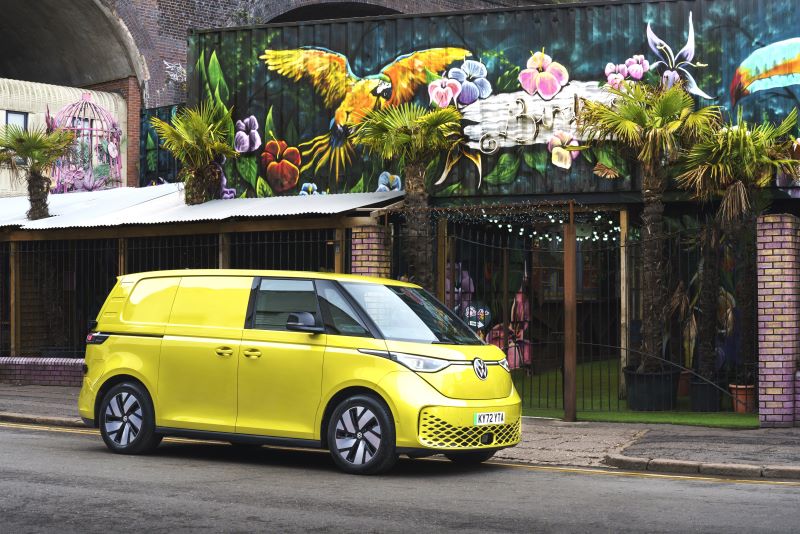
1. Volkswagen ID.Buzz Cargo (79kWh) – 277 miles
As the only van in this ranking that is sold exclusively as an electric-only model, it is perhaps no surprise to find the Volkswagen ID.Buzz Cargo has been maximised to travel furthest on a single charge.
Developed from the ground up to be an electric model and an electric model only, the Volkswagen ID.Buzz – available in passenger and van-based Cargo guises – is available with two battery options.
With the entry-level 59kWh designed to appeal with its lower price point for those who ‘only’ need range of up to 200 miles, the flagship 79kWh benefits from having the largest battery of any medium van in its class, which translates to 277 miles of range.
This, together with a platform developed around a battery architecture, means the ID.Buzz Cargo 79kWh can go an impressive distance.
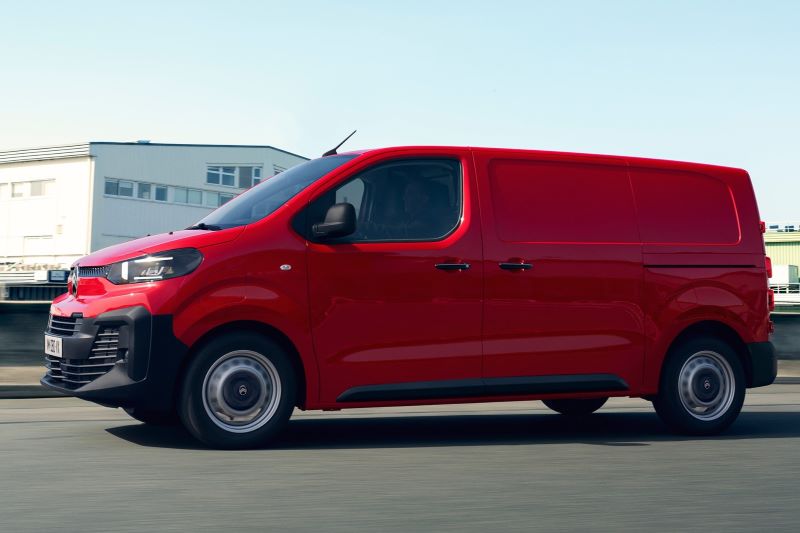
2. Citroen e-Dispatch, FIAT E-Scudo, Peugeot E-Expert, Toyota Proace Electric, Vauxhall Vivaro Electric – 230 miles
Not only is it easy to get an electric medium van these days, there is even a choice of five different models using one of the most powerful and frugal powertrains in the class.
Indeed, you’ll find a 75kWh, 134bhp battery across five of the category’s most popular models – the Citroen e-Dispatch, FIAT E-Scudo, Peugeot E-Expert, Toyota Proace Electric and Vauxhall Vivaro Electric.
As with their petrol equivalents, there very little to choose between these models, which is no bad thing courtesy of a stated WLTP combined range of 230 miles. It makes the quintet the best performing of the conventional medium vans by quite some margin.
Beyond the powertrains, the five models each boast large load areas and generous payloads, plus heaps of standard equipment.
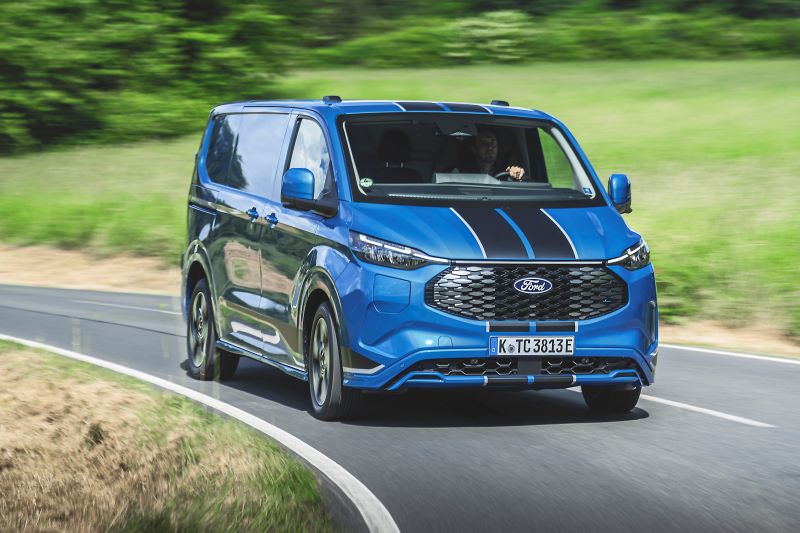
7. Ford E-Transit Custom - 203 miles
The Ford Transit is brought right up to date with the electric Ford E-Transit Custom, the battery-powered equivalent of Europe’s best-selling van.
While the E-Transit Custom sacrifices precious miles to its aforementioned Stellantis rivals, its 203 miles range from a 134bhp 65kWh powertrain remains among the most competitive in the class.
Moreover, the E-Transit Custom benefits from the classy interior, involving driving dynamics, acres of cargo room and a huge Ford dealer network.
In addition to the 134bhp version, Ford also offers a dual-motor 215bhp model using the same 65kWh battery, achieving marginally lower range at 195 miles.
Then there is the wild 287bhp E-Transit Custom MSRT, which is both quick and frugal with a 165-mile range.
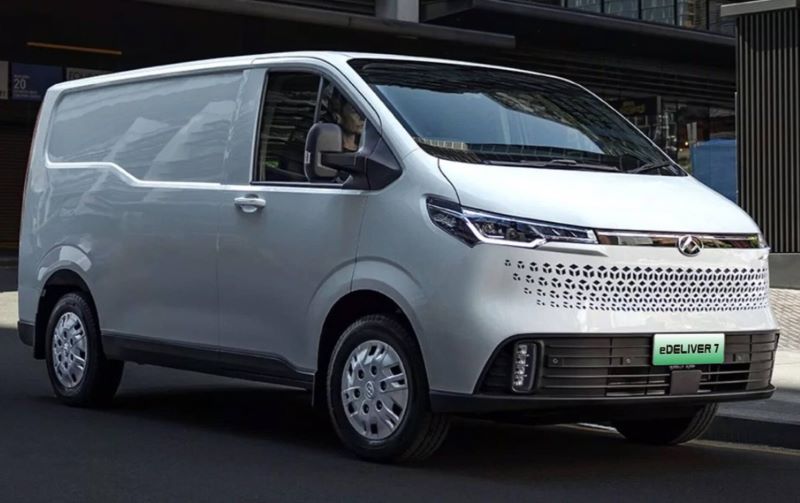
8. Maxus eDeliver 7 - 202 miles
The Maxus eDeliver 7 offers one of the largest battery powertrains in the medium van sector, which is reflected in its generous 202 miles of range.
As well as travelling further than most rivals in its class, the eDeliver 7 benefits from a large cargo area and a car-like interior.
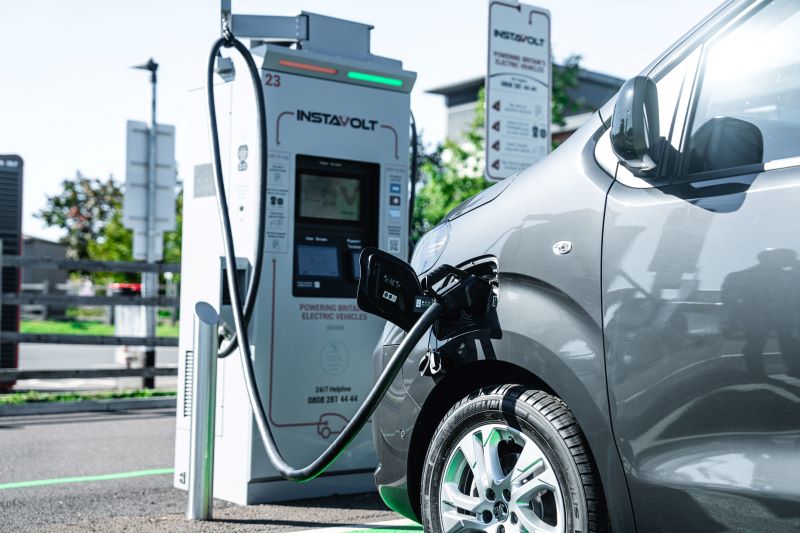
What Can I Do To Extend My Electric Van’s Range?
Unlike fuel, range can be more easily affected by different factors, from aggressive driving styles, higher travelling speeds, heavier loads, use of air-conditioning and ambient temperatures all potentially impacting your chances of hitting the manufacturer-stated range.
On the flip side, however, there are steps you can take to ensure you can extend your range to get the most out of your vehicle.
Smooth Driving: The more aggressive you drive – such as harsher acceleration or heavier braking – the more energy you’ll use, particularly as you’ll reach faster speeds quicker due to linear acceleration.
Consistent Speed: Be mindful of using the accelerator more smoothly and progressively, while you should try to maintain constant speed as this is more efficient than frequent acceleration and deceleration.
Keep To Speed Limits: It is useful to remember that the WLTP (Worldwide Harmonized Light Vehicles Test Procedure) range figures quoted by manufacturers will be based around a combined cycle within the speed limit. If you stick to speed limits, it will be easier to predict your range in line with what is suggested by manufacturers.
Eco-Mode: Many electric vehicles have on-board features to assist with maximising the efficiency and durability of your battery. These include so-called ‘Eco’ modes, which can limit some functionality within the vehicle automatically – such as air-conditioning – or reduce the sensitivity of the accelerator.
Regenerative Braking: This is a common feature on electric vans. This involves an EV van recapturing energy during deceleration – foot off the accelerator but not on the brake pedal – from the friction generated in the process of slowing down. Some vehicles offer different levels of regeneration with some offering higher levels of friction for a higher rate of recapture. It is even possible to adapt the settings to use regenerative braking to bring a car to a stop without using the brake pedal at all.
Lighten The Load: While the very definition of running a van might make carrying heavy cargo an unavoidable factor, a lot of range can be recuperated by removing unnecessary weight where possible from the load bay. On the other hand, however, if you are able to run a van without any load, the comparatively light weight will improve range significantly.















